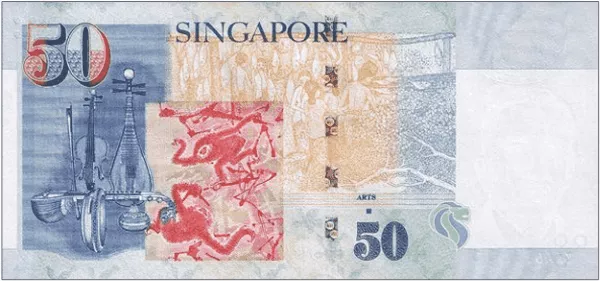Singapore, a small island nation in Southeast Asia, has undoubtedly achieved remarkable economic success over the years. Recognized as one of the world’s leading financial centers, it is natural to wonder about Singapore’s monetary system and whether or not the country prints its own money. In this article, we will delve into the intricacies of Singapore’s currency management, exploring how money is created, regulated, and distributed within the nation.
1. The Monetary Authority of Singapore (MAS):
At the heart of Singapore’s monetary system lies the Monetary Authority of Singapore (MAS). Established in 1971, MAS serves as the central bank responsible for formulating and implementing monetary policies in the country. While MAS plays a crucial role in regulating the money supply, it does not engage in direct money printing.
2. Currency Issuance and Management:
The responsibility for issuing currency in Singapore rests with the MAS. Singapore’s currency, the Singapore Dollar (SGD), is printed by authorized printing facilities under strict security measures. These facilities ensure the production of high-quality banknotes that are difficult to counterfeit.
3. Money Creation Process:
Contrary to popular belief, Singapore, like most modern economies, does not rely solely on physical money printing to create additional money supply. Instead, money creation primarily occurs through the banking system. When commercial banks receive deposits from individuals and businesses, they can lend out a portion of those deposits, effectively creating new money in the form of credit. This process, known as fractional reserve banking, expands the money supply beyond the physical cash in circulation.
4. Monetary Policy and Control:
To maintain price stability and foster sustainable economic growth, MAS employs various monetary policy tools. These tools include interest rate adjustments, foreign exchange interventions, and reserve requirements imposed on banks. By managing these policies, MAS aims to influence lending conditions, inflation rates, and overall economic stability.
5. Currency Board System:
Singapore operates on a currency board system, which means that the SGD is backed by foreign reserves in a fixed exchange rate regime. The MAS intervenes in the foreign exchange market to ensure that the SGD remains within a specified trading band. This system provides stability and boosts investor confidence in the Singaporean currency.
6. Cashless Society and Digital Payments:
Singapore has embraced digitalization and is striving towards becoming a cashless society. The country offers a range of electronic payment options, including mobile wallets and contactless cards, fostering convenience, efficiency, and reducing reliance on physical currency.
7. Partnership with Polymer Substrate Technology:
In recent years, Singapore’s MAS has partnered with various international entities to enhance security features and durability of banknotes. Notably, the introduction of polymer substrate technology has resulted in more resilient and counterfeit-resistant banknotes.
Conclusion:
While Singapore does not engage in direct money printing, it exercises stringent control over its monetary system through the Monetary Authority of Singapore (MAS). Through responsible management, the MAS ensures the issuance, regulation, and distribution of Singapore’s currency. By implementing sound monetary policies, embracing digital payments, and utilizing technology to enhance banknote security, Singapore maintains a robust and efficient monetary system that supports its thriving economy.


